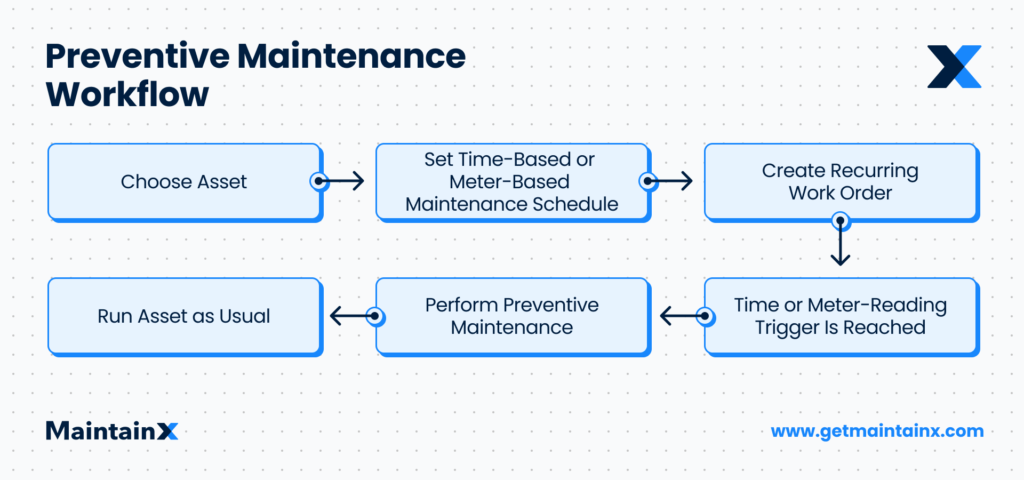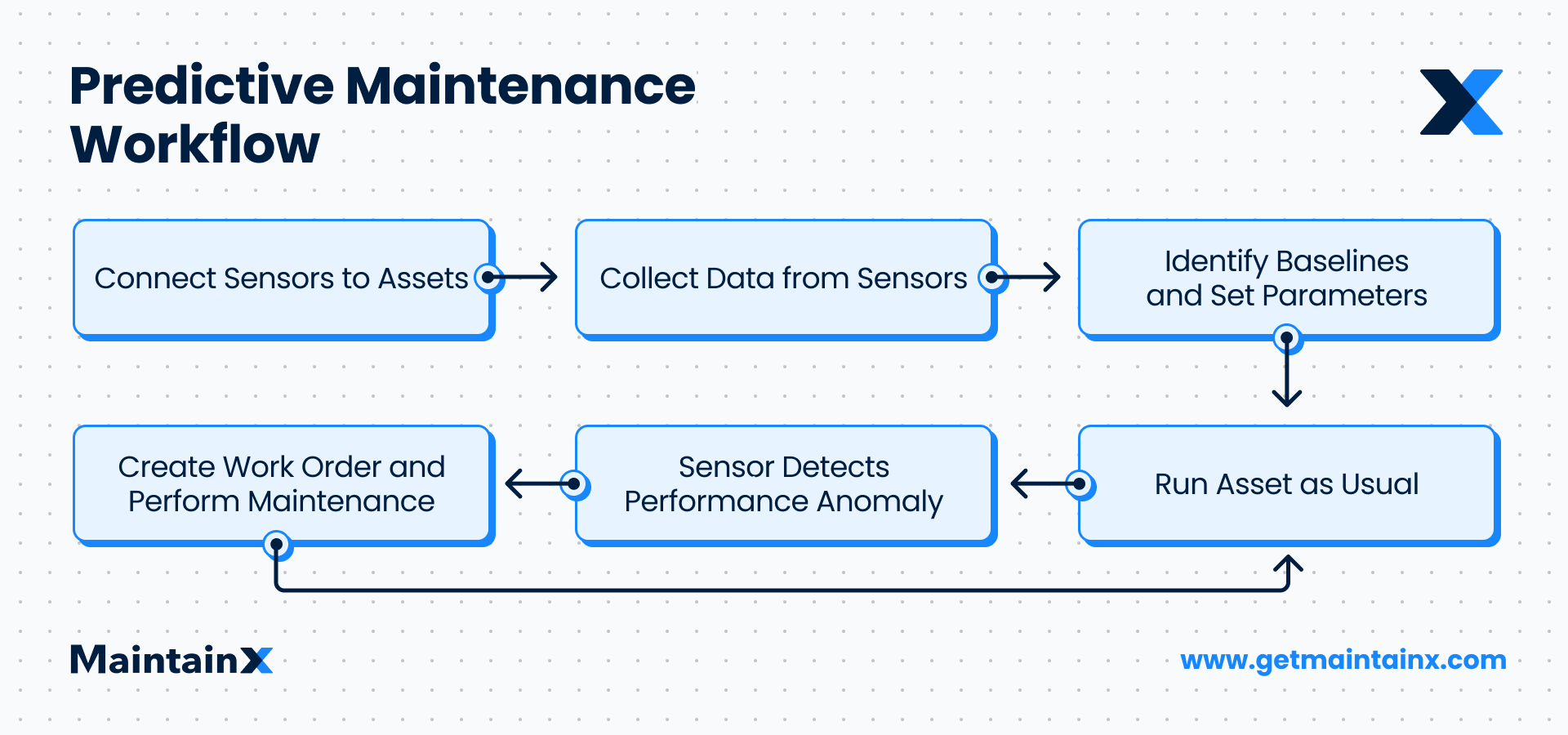Hazard Analysis and Critical Control Point (HACCP) is a globally recognized food safety management method that assures your customers and regulatory bodies of a well-managed food safety program. In the US, federal and state regulatory agencies have adopted the HACCP approach to ensure public health.
The National Advisory Committee on Microbiological Criteria for Foods (NACMCF) and the Food and Drug Administration (FDA) define HACCP as a:
“a management system in which food safety is addressed through the analysis and control of biological, chemical, and physical hazards from raw material production, procurement, and handling, to manufacturing, distribution, and consumption of the finished product.”
As of January 1998, all seafood processors that transport their products across state lines are required to implement Hazard Analysis and Critical Control Points (HACCP) plans. In the same year, the United States Department of Agriculture (USDA) also began requiring meat and poultry processing plants to have HACCP plans in place. Many state and local food regulatory agencies use HACCP principles as the basis for inspections and may require HACCP plans for certain food items. HACCP has also become the foundation for food safety education programs.
This post dives deeper into why you should implement a HACCP plan, what you need to know before implementing HACCP, and the seven principles of HACCP for any company operating in the food industry.
Why You Should Implement a HACCP Program
Implementing a systematic approach to your HACCP program helps identify potential food safety hazards that may enter the food products from raw materials, during one of the processes at your facility, or through human error. In addition to minimizing the probability of contamination, a HACCP program helps employees become more aware and encourages them to improve the processes consistently.
HACCP principles also can help your company align with Hazard Analysis and Risk-based Preventive Controls (HARPC). HARPC rules are part of the FDA’s Food Safety Modernization Act (FSMA). Implementing a HACCP system doesn’t automatically ensure FSMA compliance. However, it’s an excellent basis for establishing your FSMA compliance system and preventing any deviations that may cause your food business to fail regulatory inspections.
Furthermore, prerequisite programs such as current Good Manufacturing Practices (cGMPs) are an essential foundation for the development and implementation of successful HACCP plans.
What You Need to Implement a HACCP Program
You need to implement a few procedures, policies, and programs to implement HACCP, including but not limited to the following preventive measures:
- Standard operating procedures (SOPs): Establish SOPs for handling raw materials and sanitation, among other regulatory validations.
- Pest control: Perform regular pest control to reduce risks to food safety and brand reputation.
- Emphasis on personal hygiene: Educate everyone on the shop floor about the importance of personal hygiene.
- Preventive maintenance: Implement a preventive maintenance program to ensure equipment always functions as expected.

- Establish specifications: Provide suppliers with details on the expected raw material quality and regulatory specifications.
- Set up a quality management system: Develop a quality control system to ensure that your company practices food hygiene and produces safe food.
7 Principles of HACCP
HACCP is an international standard (ISO 22000) that requires you to adhere to the following seven principles:
Principle 1: Conduct a Hazard Analysis
Hazard analysis involves identifying process steps where a hazard might occur. You must analyze all processes for biological, chemical, and physical risks. For example, ask if your processes are prone to bacterial contamination. Could allergens or other food particles enter the food during food processing production? What control measures does your company already have in place?
Once you’ve identified the potential hazards, determine ways to mitigate or eliminate the probability of these hazards occurring. Document the entire production process and provide a justification for hazards you’ve excluded.
Principle 2: Identify Critical Control Points
Critical control points (CCPs) are the specific points in the manufacturing process where these significant hazards can occur. These are points where you can apply controls to minimize the possibility of hazard, reduce the hazard’s impact, or prevent it altogether.
Depending on your process, a single CCP may help control multiple hazards. Or, you might need to apply controls to more than one critical control point to control a single hazard.
Principle 3: Establish Critical Limits
A critical limit is a value either below or above which the hazard is said to be eliminated, prevented, or reduced to an acceptable level. Think about meat safety here. You need to heat it above a specific temperature (the critical limit) to ensure it’s bacteria-free.
Your food safety management system needs need to establish critical limits for all CCPs, including for food service. Critical limit measures depend on factors such as everyday use and regulatory norms. For example, the critical limit for your food product might be measured in time, pH, or weight, among other things.
Principle 4: Establish a Monitoring Process
The monitoring process requires a team member to measure the effectiveness of the applied control at the CCP. When establishing the monitoring process, you should record the method and frequency of the measurement and the team member responsible for it.
Measurement may or may not require adding an extra step to your manufacturing process. For example, if you only need to measure the temperature, you can use a thermometer. However, in cases where you need to use high-end devices or equipment for measurement, you might need to incorporate the use of that device as an additional step into your standard operating procedure.
Principle 5: Determine Corrective Actions
If your monitoring process reveals a breach of critical limit at a CCP, you need to take corrective action to avert the hazard. Also, your HACCP team must try to take action to prevent more breaches in the future.
Think of maintenance planning here. It’s smarter to have a preventive maintenance or predictive maintenance program in place rather than a reactive maintenance plan. These proactive plans make sure that you are checking and pre-empting any breaches before they happen.

That is, don’t end up searching for remedies after the breach. Instead, you can prevent breaches by regularly checking food processors before use or setting metered- or temperature-based triggers to take pre-emptive action.
Principle 6: Establish Verification Procedures
Auditing the effectiveness of controls at the CCP is critical to your HACCP approach’s success. Verify that controls work as they should, review HACCP records, test products, and calibrate equipment if needed. Use a CMMS to automate the verification activities and checks (preventive SOPs). Save these verification checks in the cloud for inspections and audits.
Principle 7: Standardize Recordkeeping Procedures
In your company’s application of HACCP, your recordkeeping is crucial. It creates an audit trail for regulators and a resource to improve the HACCP program. Document the details of your HACCP program. Include responsible team members, flow diagrams, product descriptions, critical limits, monitoring procedures, and preventive, predictive, and corrective plans.
You also need to outline a standard recordkeeping procedure. We recommend creating centralized records visible to all stakeholders. A computerized maintenance management system (CMMS) is an excellent real-time recordkeeping tool.
A CMMS, like MaintainX, allows you to record measurements and collaborate with other teams. For example, say a measurement breaches the critical limit. You can request help from the maintenance team to fix a machine causing the problem.
Be Ready for Audits
We recommend that your company’s implementation of HACCP include a CMMS.
Food-safety regulators recommend internal auditing and compliance with standards. The monitoring system you set up on MaintainX will assist you with these internal audits, ensuring you maintain standards higher than the regulator. MaintainX also provides SOP resources, such as the BRC Global Standard checklist.
When the regulators come to ensure food safety at manufacturing facilities, you can extract in seconds real-time, critical information.

Caroline Eisner
Caroline Eisner is a writer and editor with experience across the profit and nonprofit sectors, government, education, and financial organizations. She has held leadership positions in K16 institutions and has led large-scale digital projects, interactive websites, and a business writing consultancy.
See MaintainX in action


